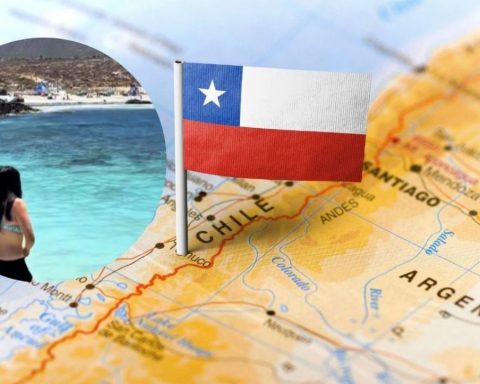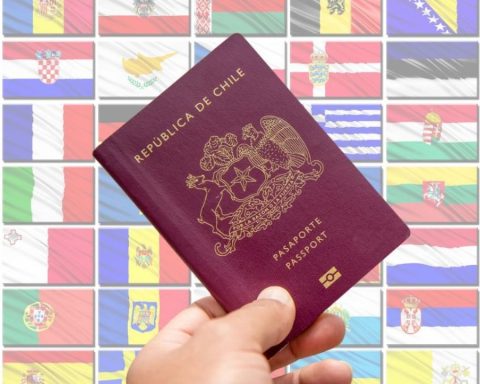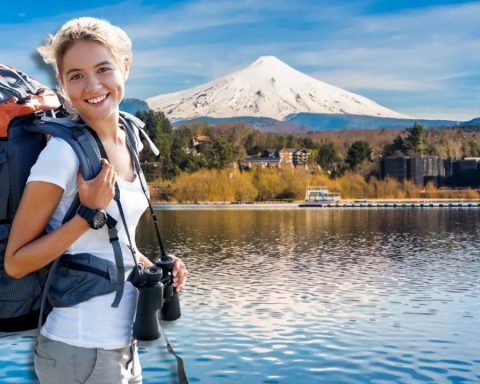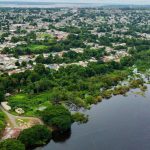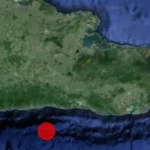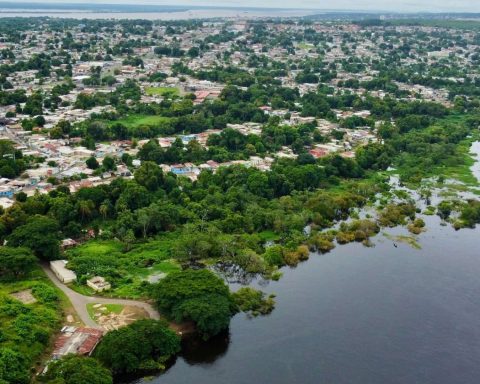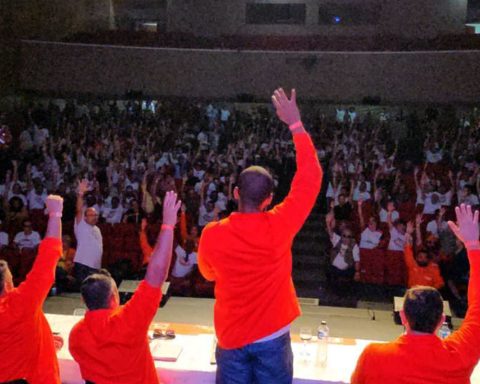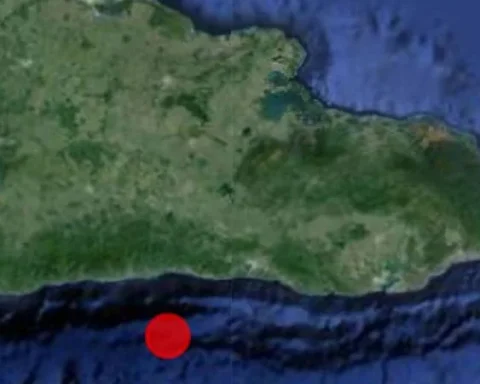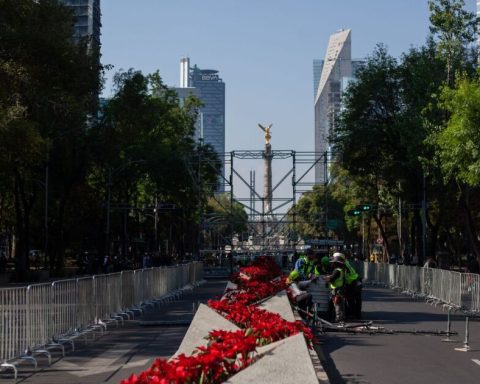Salmon farming is the third most important economic activity in the country after mining and forestry, consecutively. In a period of less than 20 years, the national salmon industry went from being just another player in the market to becoming the second most important producer in the world, surpassed only by Norway, which represents 50% of all world production. This leading role in the world market was progressively achieved by the Chilean industry, after three moments in which production took an explosive leap.
The first peak of productivity occurred just before the ISA virus (infectious salmon anemia) epidemic broke out in 2006, when a production of 647 thousand tons was registered. Six years later, in 2012, the industry increased its production to 826 thousand tons. However, it was in 2020 when national producers registered the largest increase in their production, exceeding one million tons (1 million 43 thousand tons) of salmon for the first time. These records coincide with a decisive strategy: moving further and further south, from the Los Lagos Region to Aysén, and from Aysén to Magallanes, where the most pristine waters on the planet are found. In fact, in 2020 the Magallanes Region presented a historical maximum of production. It was this explosive development that allowed Chile to position itself as the second largest producer of salmonids in the world, responsible for 29% of the harvests of this industry during said year.
This predominance in the market has been accompanied, however, by a progressive environmental deterioration in Chilean Patagonia that has not been fully quantified -according to various scientific studies-, but which has been leaving traceability from the sanctioning processes carried out by the Superintendence of the Environment (SMA), whose institutionality dates from 2013. In a period of 10 years, 80 sanction processes have been carried out against the industry, with the overproduction of salmon being one of the most recurrent and harmful infractions at the same time.
The commercial mess between the Chinese company Joyvio, owner of Australis Mar –one of the largest producers in Chile– with its former owner Isidoro Quiroga, revealed that part of the commercial success rested on the environmental infraction in which the company had been incurring. in a sustained manner, by producing thousands of tons of salmon more than the maximum amount authorized in their respective environmental qualification resolutions (RCA). Through the self-report process, reported the overproduction of salmon in 49 production cycles, associated with 33 Salmon Fattening Centers, for a total of approximately 81,000 tons.
This fact, far from concentrating only on Australis, brought the entire salmon industry into focus, given that this practice is not restricted only to the Chinese capital firm, since there would be at least 13 salmon companies that were It has opened sanctioning processes for overproduction, some of which fall into the category of default, that is to say, that the practice has been repeated over and over again, despite the sanctions.
Through complaints from environmental entities such as Sernapesca, Subpesca or Directemar, or through the self-report mechanism, the SMA is currently carrying out 38 sanctioning processes.
The loss of oxygen in the water columns and on the seabed being the greatest danger of salmon overproduction for the ecosystems of maritime Patagonia, due to the accumulation of feces and other organic remains, as well as the residues of thousands of of liters of antibiotics that are dumped into the sea, the procedures initiated by the SMA have revealed that at least 16 of the salmon fattening centers to which proceedings have been opened for overproduction based on self-complaints, have reiterated the practice in continuous cycles, that is to say, they have not given a break to the water columns, thus avoiding biological recovery, whose damage in extreme cases could take between 40 or 50 years to be corrected.
Many of these centers are also located inside protected areas.
Companies sanctioned more than once
Faced with the controversy over the Australis case, Arturo Clément, president of SalmonChile –the main union in the industry–, assured that “The salmon farming sector is a regulated and audited activity, which complies with current environmental regulationsTherefore, it cannot be said that overproduction is a transversal practice throughout the industry”.
In response to the request for The counterIntesal –the Salmon Institute, financed by SalmonChile– supported the assertion of its president, contrasting the information precisely with the statistics of the SMA: “From 2013 to date, 9,813 audits were carried out on salmon farming. Of these, 89, 4% ended without a sanction process If we look only at the audits carried out in 2022 (1,888), 98.5% ended without a sanction process Therefore, the largest audit carried out in this productive sector in recent times has It has also been accompanied by a high degree of compliance”.
Faced with the same consultation, the Salmon Council –which brings together several foreign companies– chose not to pronounce on the systematicity of the practice of overproduction, limiting itself to responding with something that was not consulted: “Conflict stems from a transaction between two private ones whose resolution depends on them. And from the Salmon Council we trust that the institutional framework will operate and the case will be resolved soon. Business values and trust are vital for the sustainable development of our country and all of us who are part of it” .
From the ocean protection agencies, the executive director of Oceana Chile, Liesbeth van der Meer, maintains that systematicity does not have to do so much with the number of inspections, but with the reiteration of the practice and the number of companies involved. .
“The Australis thing is clearly no exception. In fact, the Superintendence of the Environment (SMA) has initiated multiple sanctioning processes for overproduction between 2015 and 2023 against different companies. This indicates that there is a systematic practice in the sector, of which we only become aware of these irregularities at the end of the production cycle, since it becomes evident when the salmon are harvested,” says Van der Meer.
Indeed, the SMA has detected 14 companies that, in different production cycles, have incurred in overproduction. Thus, for example, in addition to the company Australis, highlights Nova Austral, Cultivos Yadran SA, Exportadora Los Fiordos Ltda., Salmones Blumar SA, Cermaq Chile SA, Salomones Multiexport SA, Invermar SA, Mowi Chile SA, Fiordo Azul SA, Empresas Aquachile SA, Granja Marina Tornagaleones SA and Marine Harvest Chile SA, among other holders.

For the period 2013-2023, Australis Mar S.A. is the owner with the largest number of sanction processes against CES (16), leaving in second place austral nova, Norwegian capitals, with 9 cases. Then follow Cultivos Yadran (6 cases), Exportadora Los Fiordos (also 6 cases) and Salmones Blumar (with 5 cases).
The production regulations in Chile are based on the figures for mortality and the amount of antibiotics used to calculate the densities allowed for the following cycle. so, en recent years, the authority has detected cases of companies underreporting mortality and overproducing biomass.
No respite to the Patagonian waters
In the scientific world there is a consensus that marine ecosystems are incapable of tolerating overproduction without producing irreversible changes in them.
For Paulina Montero, a scientist at the Center for Research on Ecosystems of Patagonia (CIEP), one of the great difficulties in investigating environmental damage in the Patagonian fjords is that there are no studies, nor funding, to establish how much is the maximum load amount that can withstand a fjord until the damage is irreparable.
“Carrying capacity is a concept that involves many biological, physical and socioeconomic components for its estimation, especially when you want to give it an ecosystem approach, for this reason, carrying out a study of this type is quite expensive, but it is urgent to do it in several places and before allowing an increase in current levels of salmon production, mainly in new areas further south,” he says.
In what does exist full clarity is that the main environmental impact of salmon farming in general is the increase in the load of organic and inorganic material in the water column and sediments. “This already causes an input disturbance, which will increase as there is a greater number of cages, a greater number of centers and a greater number of concessions in a given place. The magnitude of this disturbance is mainly associated with the oxygen levels that is kept in culture sites. Low oxygen levels (hypoxia 2 ml/L) or absence of oxygen (anoxia), are indicative of excessive enrichment of allochthonous material (organic and inorganic) released into the culture environment”, details the scientific.
The complaints made by environmental agencies have recorded that in a good number of centers that have broken environmental regulations, by overproducing salmon, they have also left the water columns in an anaerobic condition (without oxygen), having to wait a period of time. indeterminate so that the natural oxygen conditions in the water can be recovered.
But if a single overproduction in a given cycle can starve a certain maritime area of oxygen, the problem grows exponentially when the offending company overproduces again in the immediately continuing cycle.
Reviewing the online information from the SMA, it has been detected that at least 14 fattening centers –many of them located in protected waters– have overexploited the areas in continuous cycles. Of these 14 centers, 12 of them correspond to the Australis company and another 2 to Cultivos Yadran.
AustralisSome of the centers that have overproduced in continuous cycles are:
CES RABUDOS / file: https://snifa.sma.gob.cl/Sancionatorio/Ficha/3267

CES MORALEDA / file: https://snifa.sma.gob.cl/Sancionatorio/Ficha/3270

CES PUNTA GODDARD / file: https://snifa.sma.gob.cl/Sancionatorio/Ficha/3271

CES BAHÍA BUCKLE, CES PUERTO BROWN and CES PUNTA LAUCA / file: https://snifa.sma.gob.cl/Sancionatorio/Ficha/3264
CES SMOKES 5 and CES SMOKES 6 / file: https://snifa.sma.gob.cl/Sancionatorio/Ficha/3238

CES BAHÍA LEÓN / file: https://snifa.sma.gob.cl/Sancionatorio/Ficha/3239

CES SMOKE 1 / file: https://snifa.sma.gob.cl/Sancionatorio/Ficha/3240

CES HUMOS 2 and CES TRAIGUÉN 1 / file: https://snifa.sma.gob.cl/Sancionatorio/Ficha/3241

From Yadran Crops:
CES LEUCAYEC / file: https://snifa.sma.gob.cl/Sancionatorio/Ficha/3100

CES MELCHOR 716 / file: https://snifa.sma.gob.cl/Sancionatorio/Ficha/3105

